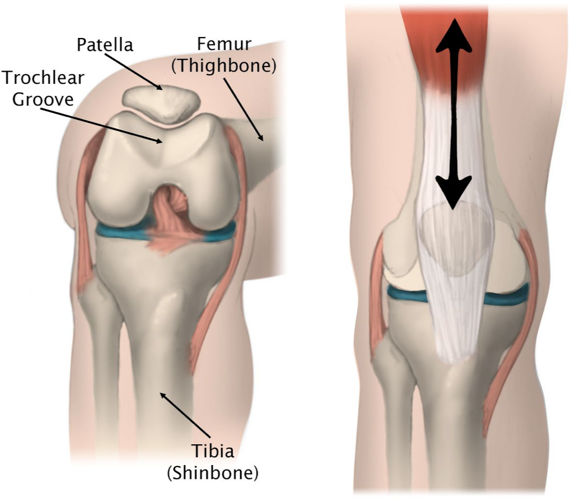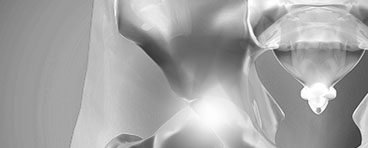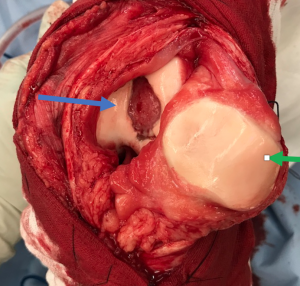Click on the links below to find out more
Patellar Dislocation & Instability (Unstable Kneecap)
OVERVIEW
Your kneecap (patella) is usually resting in a groove at the end of the thighbone (femur). When the knee bends and straightens, the patella moves straight up and down within the groove, similarly to a train running on a track. Sometimes, the patella slides too far to one side or the other. When this occurs, the patella can completely or partially dislocate.
When the patella slips out of place, whether a partial or complete dislocation, it typically causes pain and difficulty moving the knee. Even if the kneecap goes back into place by itself, it will still require treatment to relieve painful symptoms.
Be sure to go to the doctor for a full examination, and be referred to an Orthopaedic Surgeon to identify any damage to the knee joint and surrounding soft tissues. Patella dislocations can commonly cause fractures and loose bodies within the knee joint which may require removal.
Unfortunately patella dislocations may recur in up to 40% of cases. It is very important to be investigated and managed appropriately to evaluate the cause of the dislocation and the best way to prevent it recurring.
(Above) Blue arrow indicates an area of cartilage damage. Green arrow indicates normal cartilage on the underside of the patella.

(Left) The patella normally rests in a groove at the end of the femur called the trochlear groove. (Right) As you bend and straighten your knee, the patella slides up and down within the groove.

Dr David Slattery
FRACS MBBS (Hons) LLB FAOrthA
Dr David Slattery is an orthopaedic surgeon based in Melbourne with over 10 years of experience, with a special focus on hip and knee joint preservation and replacement. With qualifications in both medicine and law, he brings a unique and comprehensive approach to patient care. His surgical techniques are minimally invasive and evidence-based, designed to reduce pain and enhance recovery.
Trained in leading institutions across Europe and the USA, Dr Slattery offers advanced treatments for a wide range of joint conditions. He is deeply committed to patient outcomes and takes pride in tailoring treatment plans to each individual. Whether you’re an athlete or seeking relief from chronic joint pain, his goal is to restore function and improve your quality of life.








